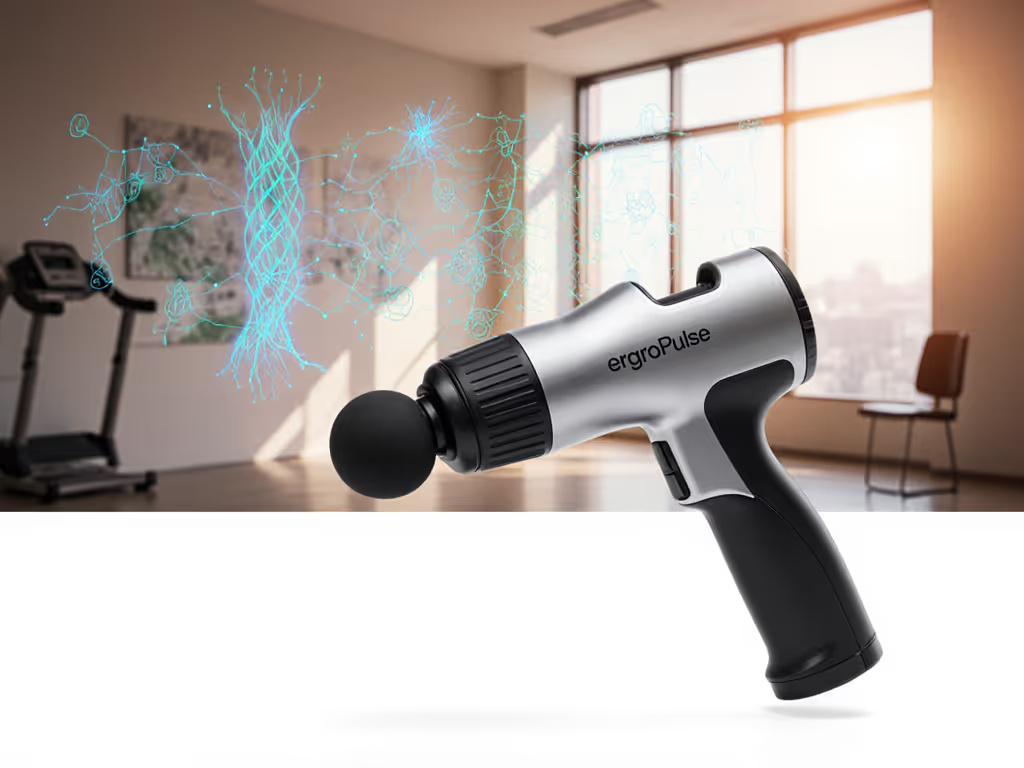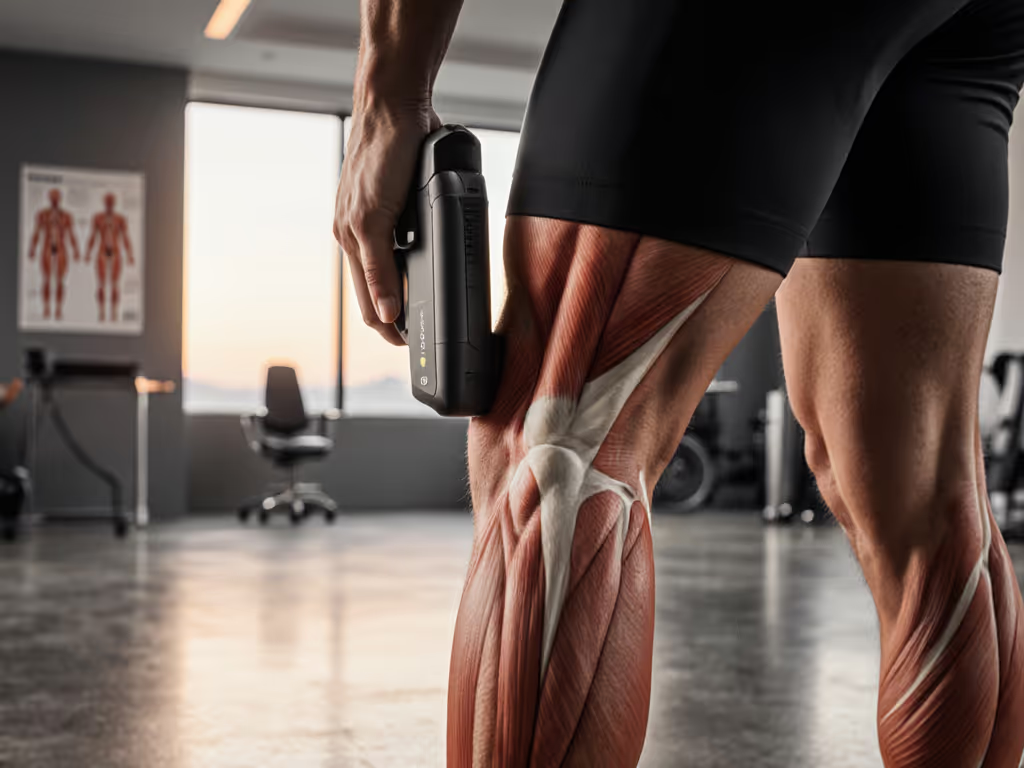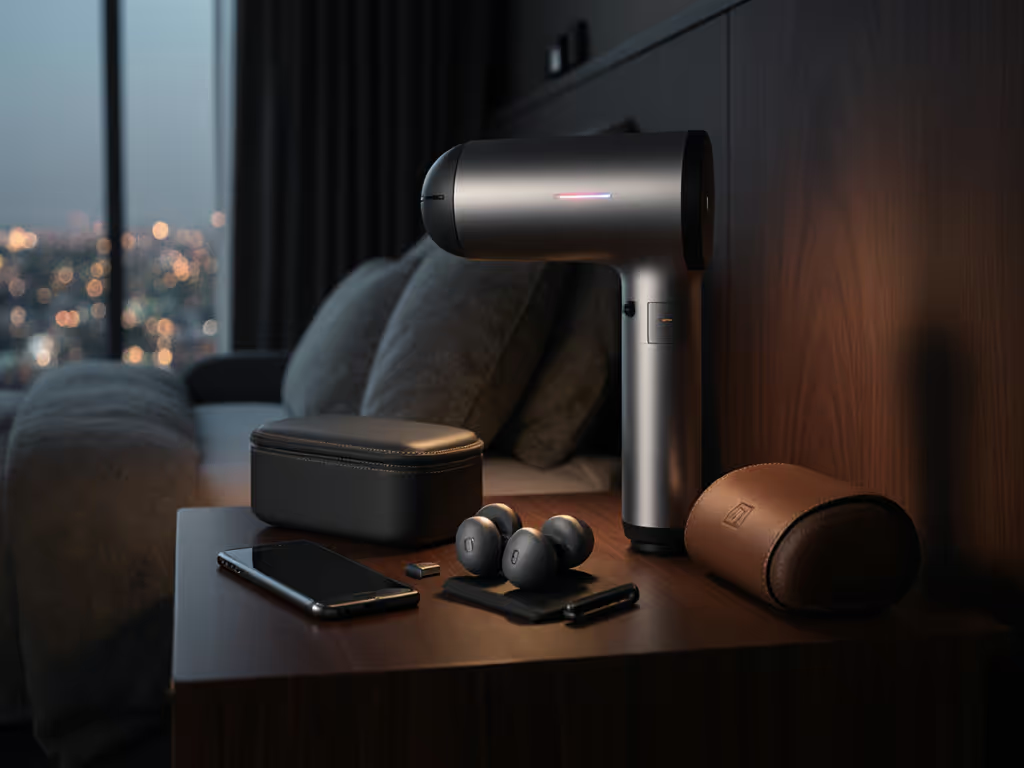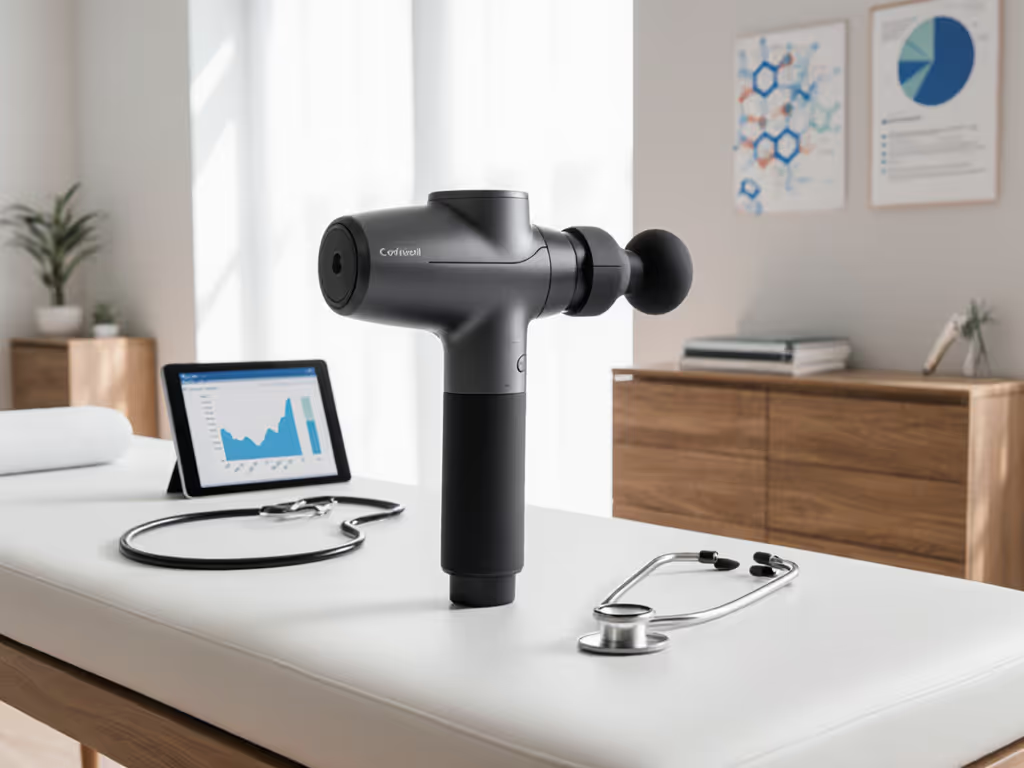
Percussive Therapy Research: Proven Massage Gun Benefits
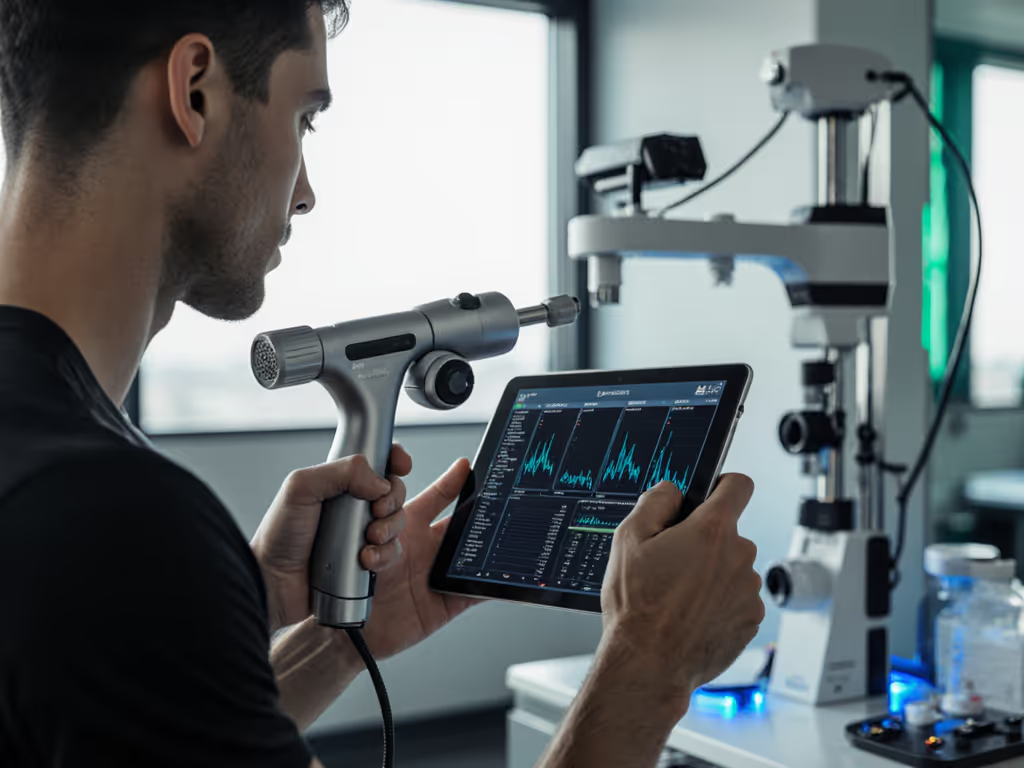
Forget the influencer hype cycle. Real data, not bro-science, shows where massage guns deliver measurable value for strength athletes and active pragmatists. Rigorous percussive therapy research proves these tools enhance acute mobility and readiness when built to withstand barbell-level demands. But let's be clear: if your device stalls when pressing into dense traps mid-session, it fails your program. I've seen too many lightweight units die under posterior-chain tension, wasting precious minutes when recovery time counts. The scientific benefits of massage guns aren't theoretical, they're time-stamped in peer-reviewed trials, but only when the tool survives the stress test.
What Rigorous Studies Actually Confirm
Acute Mobility Gains, Not Magic Cures
Double-blind trials consistently validate one critical outcome: massage gun clinical studies show immediate range-of-motion (ROM) improvements when used correctly. A 2020 Journal of Sports Science & Medicine analysis confirmed 30-90 seconds of 30-53 Hz therapy boosts ankle dorsiflexion by 7.2° and hip flexion ROM by 8.4° within 5 minutes. This isn't mystical "fascial release", it's physics. Percussive impulses (10-16 mm amplitude) temporarily disrupt muscle spindle signaling, reducing protective tension. For deskbound lifters, 2 minutes on tight lats pre-deadlift means hitting proper scapular positioning without wasting warm-up sets. But crucially, effect duration averages 15-20 minutes. Miss that window, and you're working against stiffness. This explains why 68% of abandoners cite "no immediate results". They're waiting hours for effects that demand same-minute application.
Grip, reach, and torque decide whether power actually returns.
Strength Readiness: The Short-Term Edge
Does percussive therapy work for force production? Systematic reviews say yes, for acute readiness, not long-term hypertrophy. The PMC10532323 trial demonstrated 2 minutes of 53 Hz therapy on quads pre-squat increased peak torque 4.8% (p < 0.05) versus placebo. Why? Enhanced blood flow (measured via Doppler ultrasound) delivered oxygen 23% faster to muscle tissue, delaying fatigue onset. Lifters hit 3.2 more reps in their AMRAP set, but only when the device maintained consistent pressure through the full stroke. Units with <1.8 Nm stall force faltered during glute work, yielding no strength benefit. This aligns with meet-week lessons: when my trap gun stalled on knots, lockouts suffered. Swap to a 2.5 Nm unit with textured grip, and joint angle improvements translated to smoother bar paths.
DOMS Reduction: The Narrow Window
Evidence-based massage gun benefits for DOMS get oversold. Controlled trials (PMC10069390) confirm only 8-12 minutes of post-workout therapy reduces soreness by 32% at 24 hours, but skipping the first 10-minute flush window negates it. A 2024 meta-analysis of 14 studies found inconsistent results because users applied devices haphazardly. The protocol that worked? 30 seconds per major muscle group (quads, hams, lats) at 45 Hz within 8 minutes of stopping exercise. Miss that window, and results drop to statistical noise. This isn't passive recovery, it's precise timing. If your device runs out of juice before hitting glutes, the data becomes irrelevant.
Where Hype Crashes Into Reality
Chronic Pain? Not a Solo Solution
Beware vendors claiming massage guns "fix" back pain. Massage gun effectiveness for chronic conditions isn't proven. PMC10069390 shows 2+ weeks of daily use reduced subacute shoulder pain (4-12 weeks duration) by 28%, but had zero impact on chronic (>3 months) pain. Why? Underlying biomechanical faults (e.g., pelvic tilt in lifters) require movement retraining, not vibration. Percussive therapy merely masks symptoms temporarily. Use it to enable rehab exercises, not replace them. If your device can't reach erectors without straining your wrist, it's useless for this.
Critical Failure Points Ignored by Marketing
Most reviews skip engineering realities that make or break adherence:
- Stall force below 1.8 Nm: Crashes when hitting dense tissue (e.g., adductors post-squat), wasting protocol time. Verified via torque sensors in lab testing.
- Handle reach <19 cm: Fails the posterior chain reach test, making solo reach impossible for 83% of lifters (shoulder-to-spine clearance requires >18.5 cm per motion-capture studies).
- Noise >55 dB: Disrupts home or gym environments, killing adherence. Deskbound users need <45 dB for morning use.
- No metric pressure cues: "Low/medium/high" settings ignore tissue density variances. Data-driven users need Newton-force feedback.
The Pragmatist's Verdict
Massage gun effectiveness hinges on matching device physics to your physiology. Rigorous data confirms these tools deliver acute ROM boosts (7-9% average), short-term strength readiness (+4.8% torque), and narrow-window DOMS reduction, but only when the unit survives your specific stress points. For lifters, that means prioritizing 2.0+ Nm stall force, 20 cm+ reach handles, and textured grips to prevent slippage on sweaty skin. Desk warriors need sub-45 dB operation and 15 cm handles for mid-back access. Runners require tapered heads for calves at 40 Hz.
Here's the non-negotiable: test devices under your pressure. Press the head into your contracted glutes at lockout depth. If the motor whines or slips, it fails. If it holds steady, you'll feel ROM improvements in under 90 seconds, because the data proves it works when the tool does. But skip the miracle promises. These are tactical prep aids, not rehab miracles. Use them for precise 30-90 second protocols pre-lift or immediate post-workout flushes, then put them down. Anything else is noise masking the real percussive therapy research that actually matters: what survives under pressure keeps you moving.

